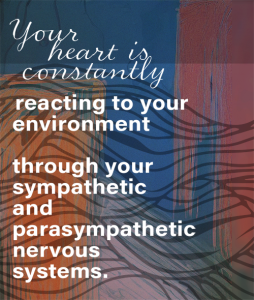![]()

I deeply respect the work of Dr. Odelya Gertel Kraybill on the topic of early childhood development.
SHE WRITES:
Working with survivors of developmental trauma (trauma that took place ages 0-6) requires a different framework of treatment than work with trauma experienced later in life.
During the first two years of childhood, the brain is wired to develop through reciprocity and attuned attachment. When this fails to happen, the sense of mis-attunement that follows as a consequence leads to a continuous state of physiological distress. Since the resulting trauma is caused in reference to others, treatment must also take place in the context of an attuned relationship.
THE TWO BIGGEST THINGS TO TAKE AWAY?
1. MIS-ATTUNEMENT MATTERS
2. RECIPROCITY and Clarity are KIND— at all ages.
Mirroring what you suspect they are going through is crucial so they believe you and they feel you join them in it.
A child certainly knows when you are trying to rewrite reality or ignore emotions in the household. While they are learning to name everything in their world . It is only fair to give them a vocabulary the matches their lived experience. Children feel “crazy” because they are told to believe the opposite of what they see and feel in their intution. This often leads to hypervigilance because they feel a need to interpret reality and prepare for what the adults in their environment are not honestly facing.
a child may show High levels of distress during times of transition from one environment to another
Their Expression is described as frozen Watchfulness.
HOW A CHILD’S BRAIN DEVELOPS
The brain develops from the bottom upward. Lower parts of the brain are responsible for functions dedicated to ensuring survival and responding to stress. Upper parts are responsible for executive functions, like making sense of what you are experiencing or exercising moral judgment.
Development of the upper parts depends upon prior development of lower parts. The brain is meant to develop like a ladder, from the bottom up. When stress responses (typically due to consistent neglect or abuse) are repeatedly activated over an extended period in an infant or toddler, sequential development of the brain is disturbed. The ladder develops, but foundational steps are missing and many things that follow are out of kilter.
Related Posts
- No related posts.